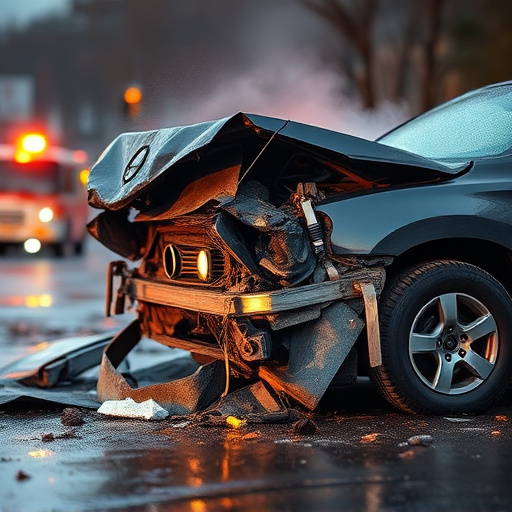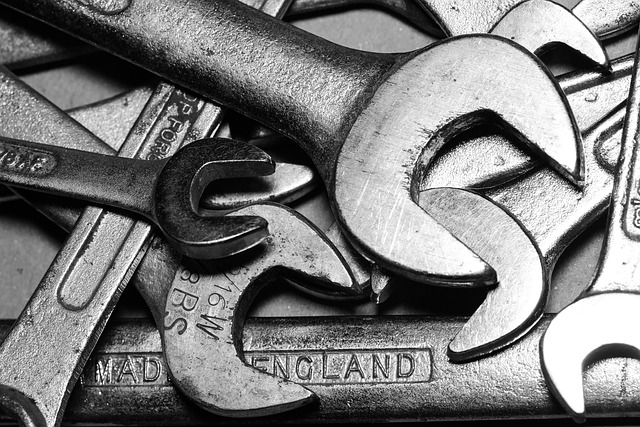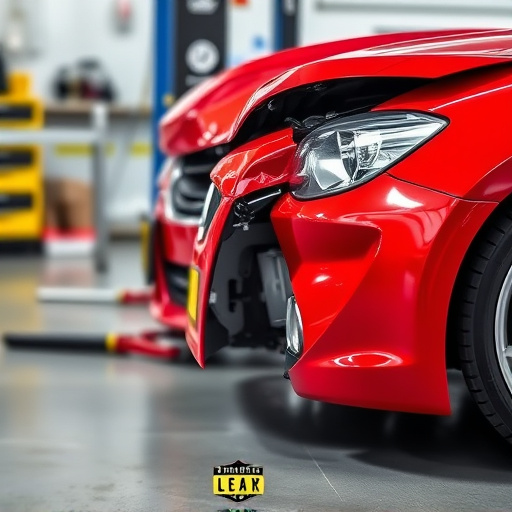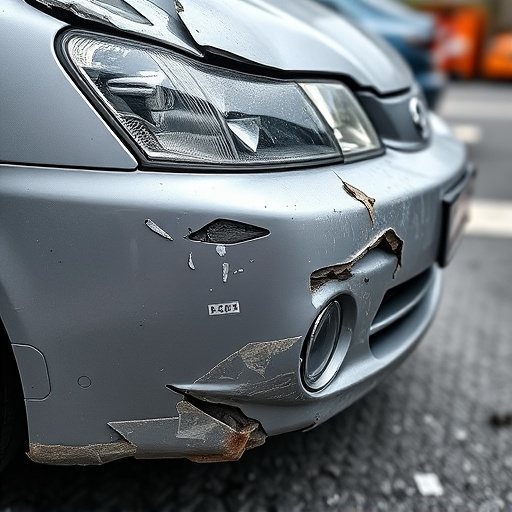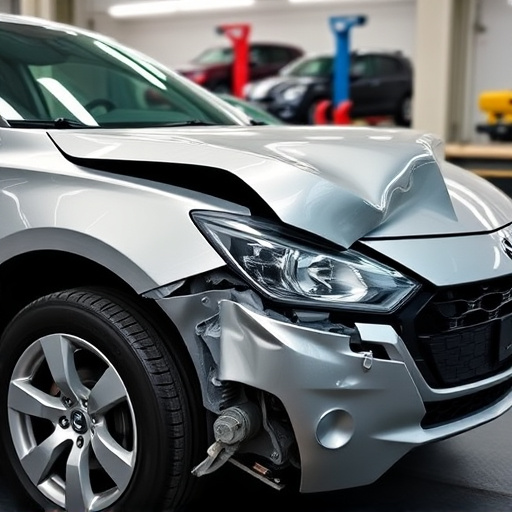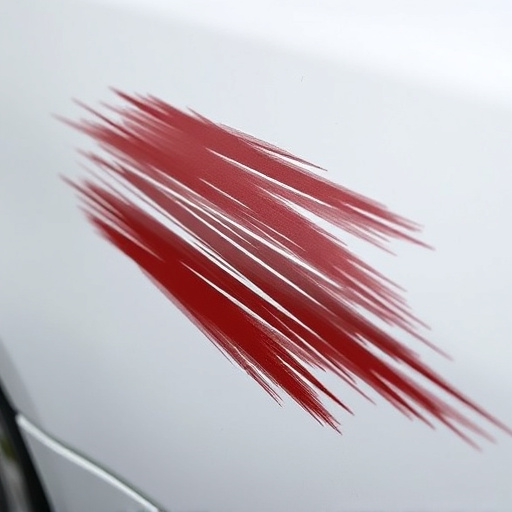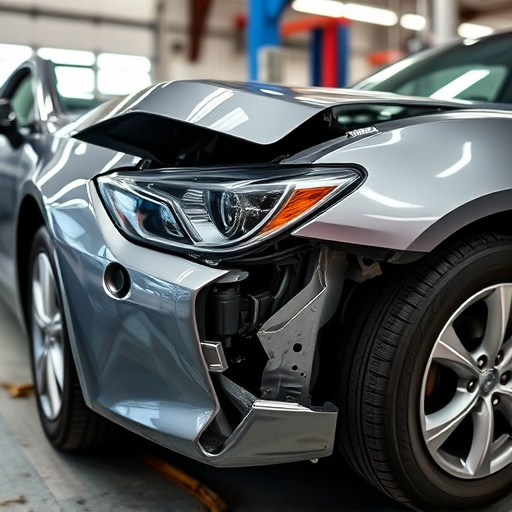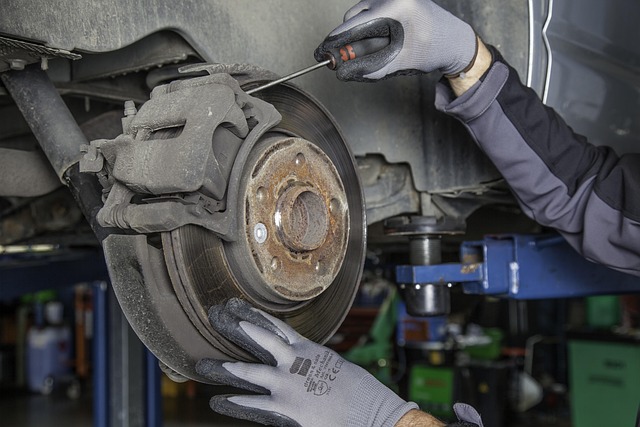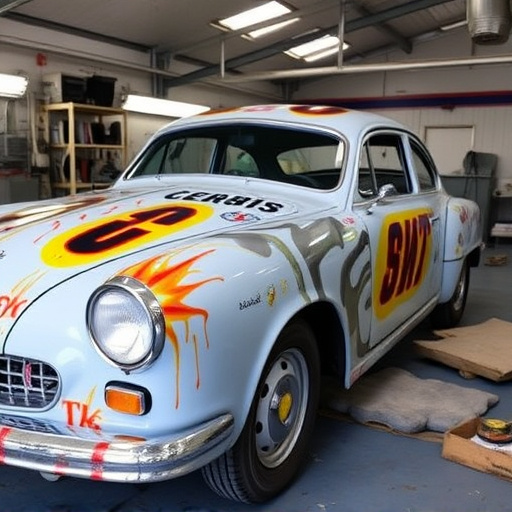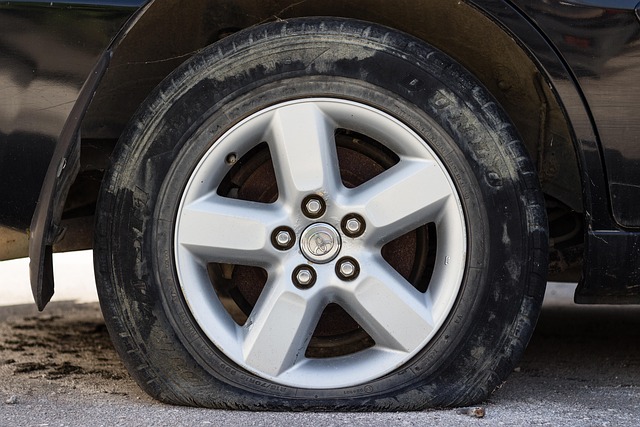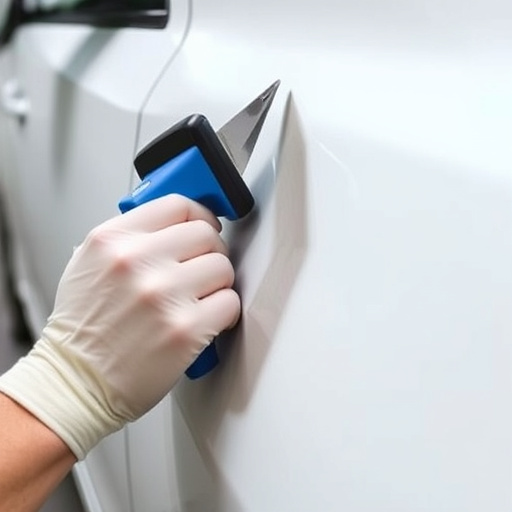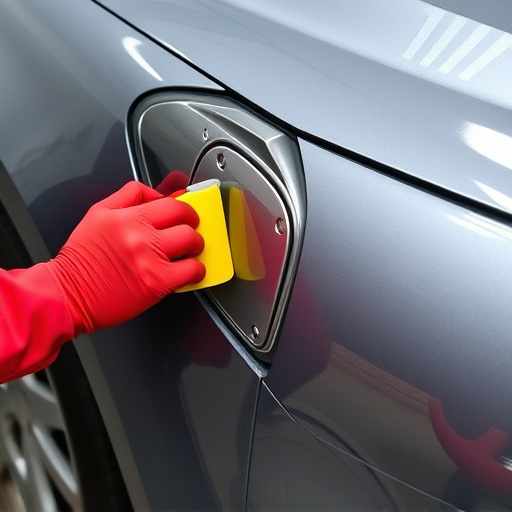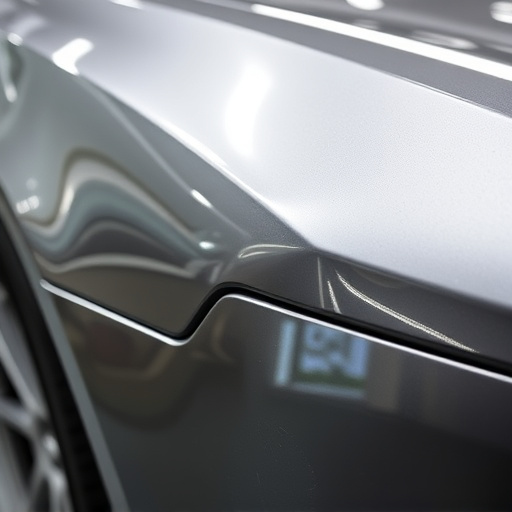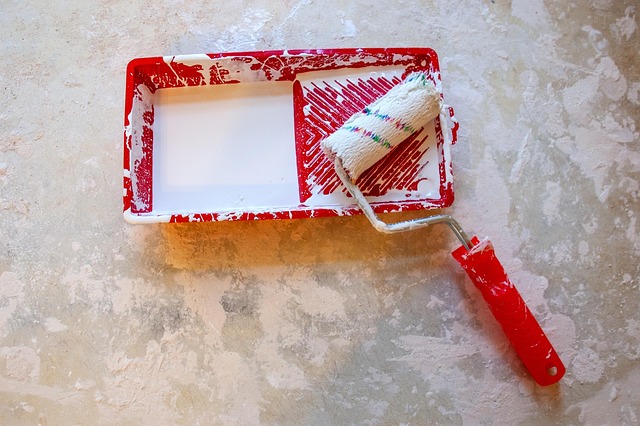When assessing damage after a motorcycle collision, inspect key areas including fairings, fenders, gas tank, tires, suspension, frame, brakes, and exhaust for signs of impact, misalignment, leaks, or corrosion. This evaluation helps determine the extent of required motorcycle collision repair, focusing on structural integrity, safety systems, and aesthetic restoration. Specialized skills and tailored techniques are crucial due to motorcycles' unique materials and construction. Meticulous visual inspection and mechanical diagnosis ensure both safety and performance standards are met, distinguishing motorcycle collision repair from standard auto detailing.
Understanding the basics of motorcycle collision repair is crucial for any rider looking to tackle their own repairs or find quality service. Motorcycle collisions can cause a range of damage, from minor dents to severe frame deformity. This article guides you through assessing and repairing your bike, covering everything from identifying common types of damage and safety procedures to sourcing parts and detailed repair techniques. By the end, you’ll be equipped to navigate the collision repair process with confidence.
- Assessing Motorcycle Damage: What to Look For
- – Identifying common types of motorcycle damage
- – Visual inspection vs. mechanical diagnosis
Assessing Motorcycle Damage: What to Look For
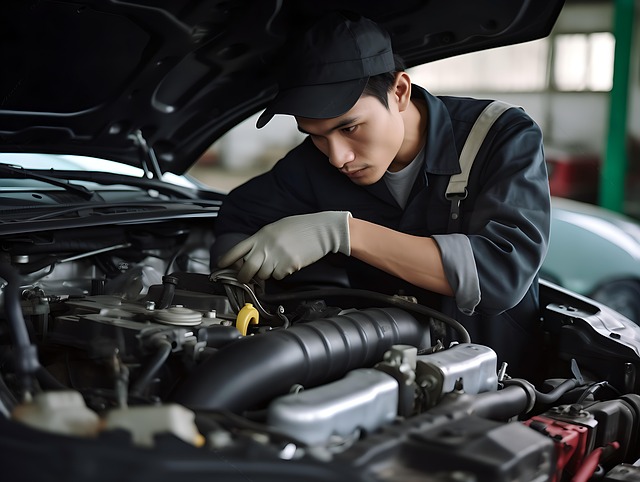
When assessing damage to a motorcycle after a collision, it’s crucial to inspect several key areas. Look for any visible signs of impact, such as dents, scratches, or cracks in the fairings, fenders, and gas tank. Check the tires for punctures or uneven wear patterns that might indicate misalignment. The suspension system should also be evaluated; look for leaks in the oil, broken springs, or damaged shock absorbers.
Pay special attention to the frame. Bends, cracks, or discrepancies in the alignment of the frame components are strong indicators of structural damage that may require professional frame straightening services from an automotive collision repair shop. Don’t overlook the brakes and exhaust system; both should be thoroughly inspected for leaks, corrosion, or signs of overstress. By carefully examining these areas, you can get a clear picture of the extent of the motorcycle collision repair needed.
– Identifying common types of motorcycle damage
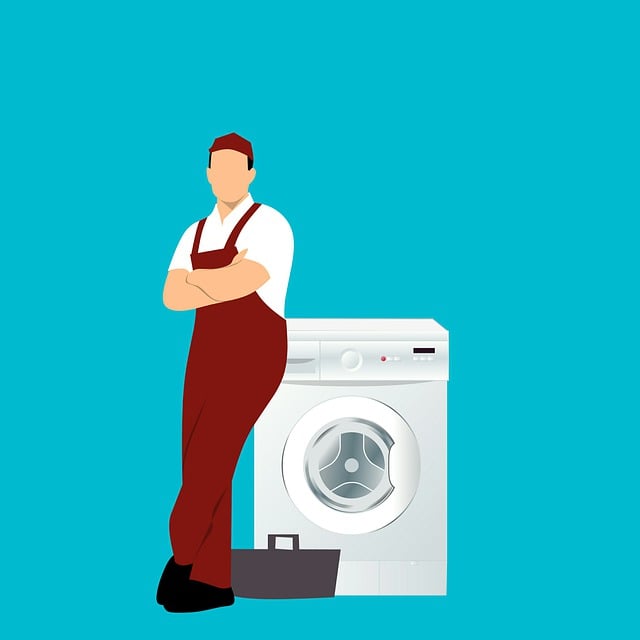
Motorcycle collision repair is a specialized skill that requires a deep understanding of both motorcycle mechanics and structural integrity. The first step in this process involves identifying common types of damage, which can range from minor scuffs and scratches to more severe dents and cracks in the vehicle’s frame. Often, these include fender dents, bent wheels, cracked or shattered windshields, and damaged exhaust systems.
Recognizing specific patterns of damage is crucial for effective motorcycle collision repair. For instance, a front-end collision might result in significant harm to the fairing, while a side impact could leave prominent door dings or even expose internal components. Moreover, understanding the unique materials and construction methods used in motorcycles is essential, as they often differ from those in cars, buses, or trucks (like Mercedes Benz models), requiring tailored techniques and tools from an auto body shop to ensure precise repairs and maintain the vehicle’s safety and performance standards.
– Visual inspection vs. mechanical diagnosis

When dealing with motorcycle collision repair, the initial step is a thorough visual inspection. This involves closely examining the bike for any visible damage, including dents, cracks, or misalignments. Experienced technicians will also perform a mechanical diagnosis, which delves deeper into the components and systems to identify hidden issues that may have been caused by the impact. Unlike car paint services or general auto detailing, motorcycle collision repair requires a delicate balance between addressing cosmetic flaws and ensuring the safety and functionality of critical parts like the engine, frame, and suspension systems.
During visual inspection, the focus is on aesthetics—restoring the bike to its original look. In contrast, mechanical diagnosis is about integrity—ensuring every part functions as it should. This dual approach is crucial in motorcycle collision repair, where both the beauty and reliability of the vehicle must be reclaimed. It’s not just about fixing the visible scars; it’s about making sure the motorcycle is safe to ride again, addressing all issues from a holistic perspective that goes beyond standard collision repair practices.
Mastering motorcycle collision repair is essential for any rider, as it enables effective navigation through post-accident scenarios. By understanding common types of damage and differentiating between visual inspections and mechanical diagnoses, you’ll be better equipped to handle minor repairs or know when professional assistance is required. This knowledge is pivotal in ensuring both safety and cost-effectiveness following a motorcycle collision.
